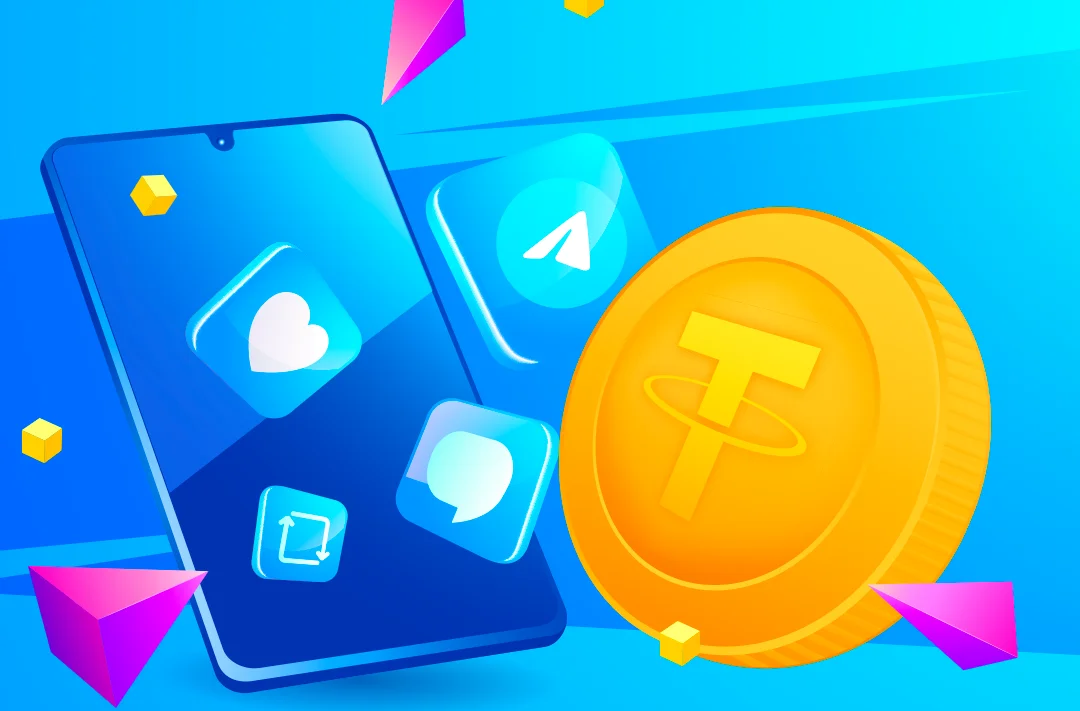Telegram adds support for USDT to the Wallet bot
Previously, the messenger supported only BTC and TON

23.03.2023 - 09:30
317
2 min
0
Last updated on Aug 5, 2024
Telegram users can now send each other tether (USDT), the world's largest stablecoin by market cap, within chats in the messaging app.
USDT has been added to the @wallet bot on Telegram, expanding the messaging app's facility for buying and selling crypto, according to an emailed announcement shared with CoinDesk on Wednesday.
Integrating crypto payments into messaging apps like Telegram – in theory rendering sending cryptocurrency as easy as sending a text or a photograph – should be an extremely positive development for mainstream adoption.
Last April, bitcoin (BTC) and toncoin (TON) were added to @wallet's marketplace, with the latter also available to send within chats.
Stablecoins like USDT offer many of the benefit as other cryptos do but without the price volatility that often besets the likes of bitcoin and ether. Therefore they are a vital component for users who wish to keep their money in the crypto ecosystem but without risking it being on the receiving end of any sharp swings in value.
The addition of USDT could therefore prove an important development for Telegram's crypto service.
The messaging app's cryptocurrency journey goes back some years to its development of the Open Network (TON) blockchain project. However, this development was abandoned in 2020 owing to legal battles with the U.S. Securities and Exchange Commission (SEC).
However, TON was kept alive by members of its community, calling themselves The TON Foundation, who have continued to advance the project.
Despite not being directly involved in TON, Telegram maintains an interest in the network, exemplified by building its blockchain-based auction platform Fragment atop it late last year.
This material is taken from the website https://www.coindesk.com.
Useful material?
Market
Shares of the Trust are designed to track the market price of XRP with fewer fees and expenses
Jan 17, 2025
Market
The asset will allow USDT to move seamlessly between different blockchains
Jan 17, 2025
Market
Earlier, the community criticized the project for its lack of transparency, which led to a sharp drop in the HYPE token price
Jan 8, 2025
Market
Rising US Treasury bond yields are negatively affecting risk assets
Jan 8, 2025
Mining
The Avalon Mini 3 is available for pre-order at $899
Jan 8, 2025
Market
The exchange obtained the documents as part of the Freedom of Information Act proceeding
Jan 6, 2025









 Telegram
Telegram  Twitter
Twitter